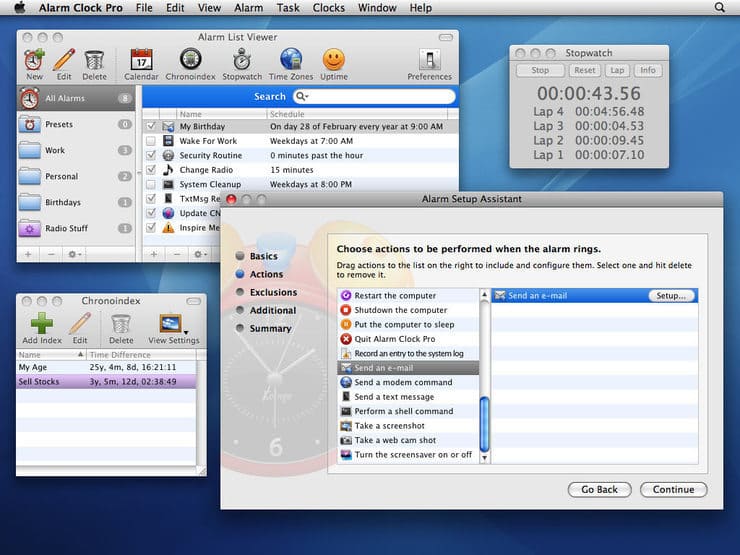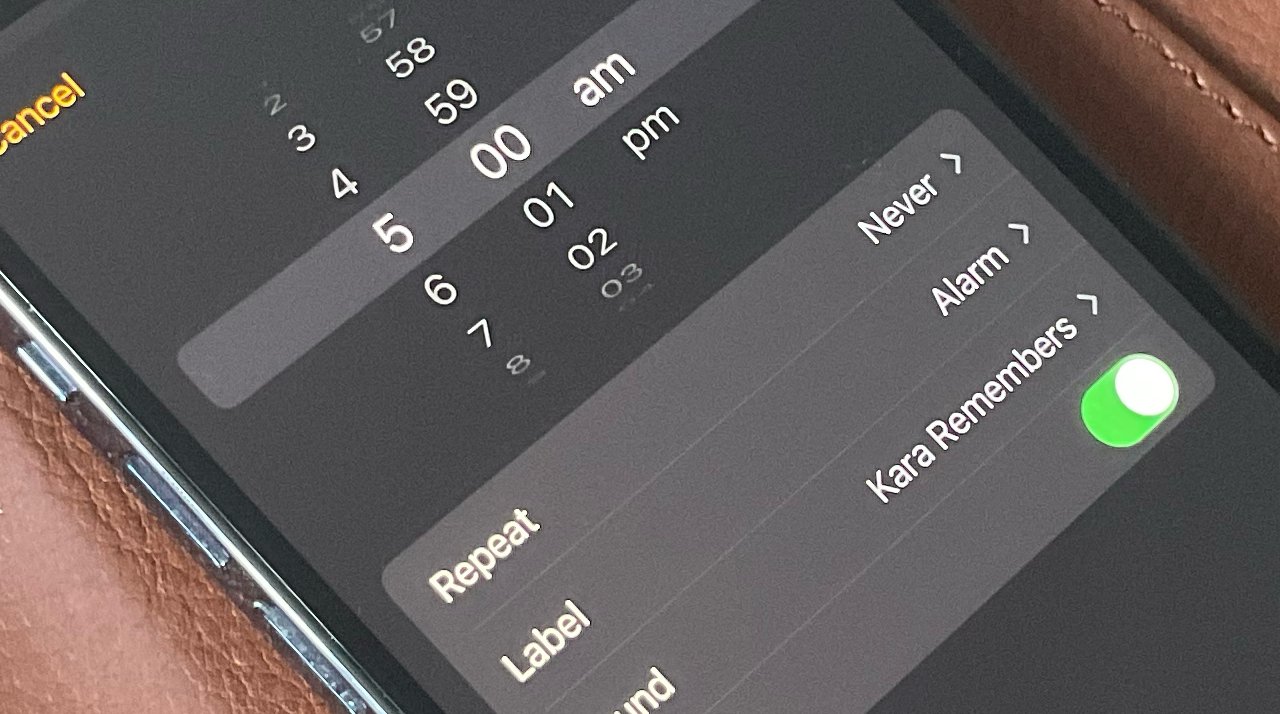
- IS THERE AN ALARM CLOCK ON MACBOOK AIR FULL
- IS THERE AN ALARM CLOCK ON MACBOOK AIR PRO
- IS THERE AN ALARM CLOCK ON MACBOOK AIR SERIES
The Sense sits on your bedside table and keeps track the temperature, light, and air quality, and will alert you with a soft glowing orange light if you don’t have ideal conditions for sleep. The Hello Sense and Sleep Pill work in tandem to monitor your sleep. After all, that is why we hit the snooze in the first place, right? The Hello Sense sleep monitor and the accompanying Sleep Pill can help you get of bed in the morning by ensuring that you get a good night’s sleep.

However, they don’t really solve the problem of a poor night’s sleep. This little jolt may ensure that you get out of bed, but we doubt that it will improve your mood.Ĭhasing an alarm clock, standing on a mat, or giving yourself an electric shock might all be effective ways to get out of bed in the morning. The Pavlok Alarm Clock feature, for instance, will automatically shock you if you sleep through your alarm or hit the snooze button. The Pavlok typically requires the user to activate the shock manually (hence our skepticism), but the device does have some automated features. While we’re not sure how effective Pavlok is when it comes to losing weight or beating a nicotine addiction, an electric shock will certainly wake you up in the morning. Eventually, they will associate the painful shock with the bad habit and quit. The idea is that someone wearing one of these wristbands will shock themselves whenever they start thinking of doing something like biting their nails or smoking a cigarette.
IS THERE AN ALARM CLOCK ON MACBOOK AIR SERIES
What better way to wake up than with a sudden dose of pain? The Pavlok wristband is a device that aims to break your bad habits with a series of electric shocks. That increases yields and thus reduces costs.


IS THERE AN ALARM CLOCK ON MACBOOK AIR FULL
Instead of throwing away the chips which don’t quite live up to the full spec, Apple is able to use some of them. The benefit of taking this approach is cost savings. Those are designated 7-core versions and allocated to the base model MacBook Air. Rather, it is taking those chips which are not capable of running the machine with all 8 graphics cores without overheating. Apple isn’t asking TSMC to produce a version of the M1 chip with a 7-core GPU instead of an 8-core one. So the ones which fail testing at full speed are sold as slower ones. A perfect chip will be able to run at the highest-rated clock speed, while a slightly imperfect one might overheat, but still be able to operate properly at a somewhat slower speed. This is what tends to happen with clock speeds, for example. The chips are, in the parlance, placed in a different sorting bin. So what companies often do is aim for a particular spec, then separate out those chips which fall short, and sell those as a lower-spec version. When you’re operating at nanometer levels of precision, even the cleanest of clean rooms will still contain some microscopic elements of contamination. No chip fabrication process is perfect, and as the process gets smaller, the challenges of producing a perfect chip increase.

The explanation lays in something known as chip binning. The answer is that the company isn’t quite choosing that as a differentiator. Why on earth would Apple choose that as a spec difference between models? All the more so when the real-world performance difference is likely to be slight. On the face of it, it seems a bizarre point of differentiation.
IS THERE AN ALARM CLOCK ON MACBOOK AIR PRO
But while the higher-spec model has an 8-core GPU – also seen in the new MacBook Pro and Mac mini – the base model only has a 7-core GPU … A number of people commented on what appears to be a comical difference in the new MacBook Air specs, between the $999 base model and the $1249 version.īoth models have an 8-core CPU with 4 performance cores and 4 efficiency cores, along with a 16-core Neural Engine.


 0 kommentar(er)
0 kommentar(er)
